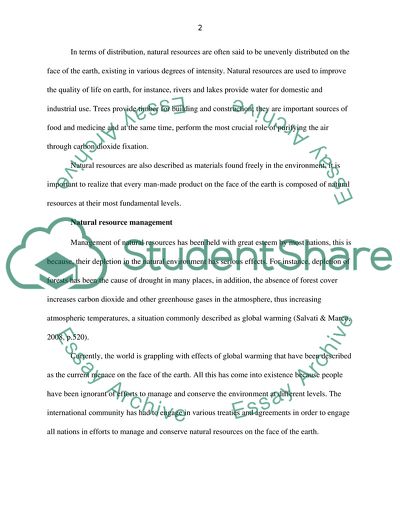Cite this document
(A Bicultural Approach to Natural Resource Management in Australia Assignment, n.d.)
A Bicultural Approach to Natural Resource Management in Australia Assignment. https://studentshare.org/environmental-studies/1832890-a-bicultural-approach-to-natural-resource-management-is-a-reasonable-solution-to-some-of-the-environmental-issues-that-confront-australia-today-give-examples-of-where-this-approach-has-been-successful
A Bicultural Approach to Natural Resource Management in Australia Assignment. https://studentshare.org/environmental-studies/1832890-a-bicultural-approach-to-natural-resource-management-is-a-reasonable-solution-to-some-of-the-environmental-issues-that-confront-australia-today-give-examples-of-where-this-approach-has-been-successful
(A Bicultural Approach to Natural Resource Management in Australia Assignment)
A Bicultural Approach to Natural Resource Management in Australia Assignment. https://studentshare.org/environmental-studies/1832890-a-bicultural-approach-to-natural-resource-management-is-a-reasonable-solution-to-some-of-the-environmental-issues-that-confront-australia-today-give-examples-of-where-this-approach-has-been-successful.
A Bicultural Approach to Natural Resource Management in Australia Assignment. https://studentshare.org/environmental-studies/1832890-a-bicultural-approach-to-natural-resource-management-is-a-reasonable-solution-to-some-of-the-environmental-issues-that-confront-australia-today-give-examples-of-where-this-approach-has-been-successful.
“A Bicultural Approach to Natural Resource Management in Australia Assignment”. https://studentshare.org/environmental-studies/1832890-a-bicultural-approach-to-natural-resource-management-is-a-reasonable-solution-to-some-of-the-environmental-issues-that-confront-australia-today-give-examples-of-where-this-approach-has-been-successful.


